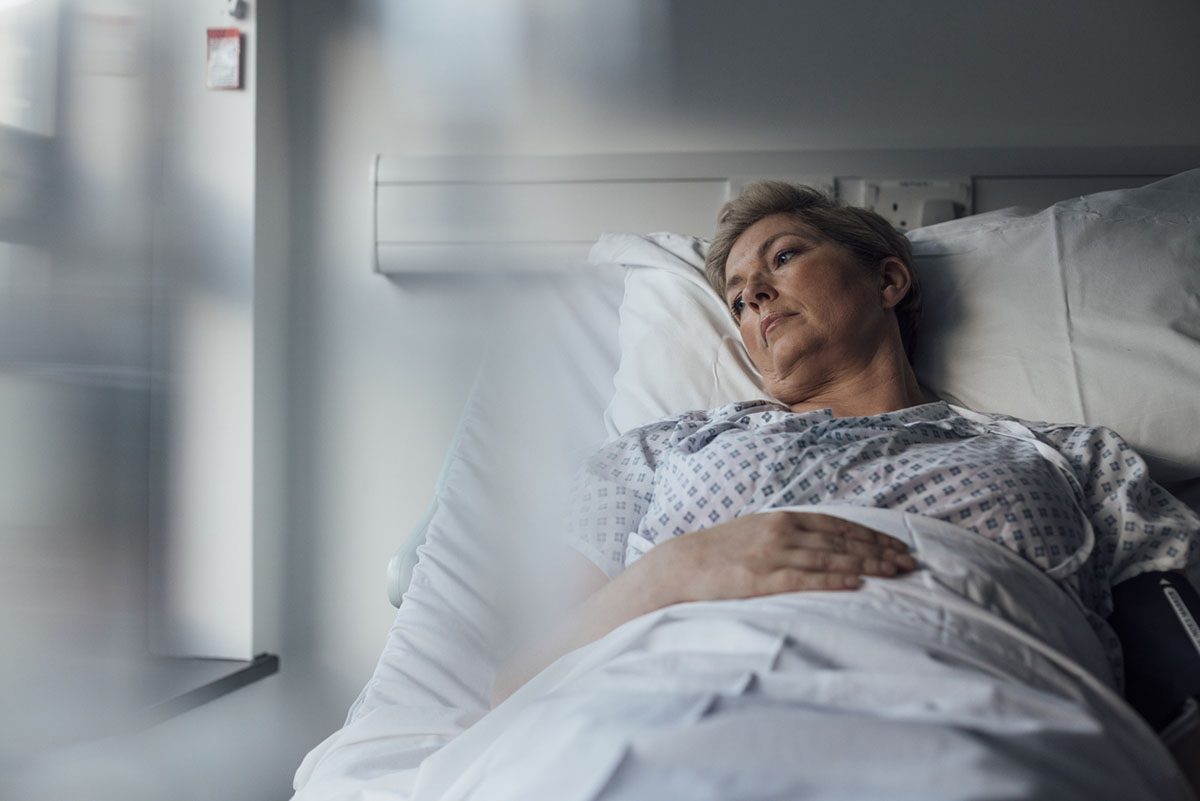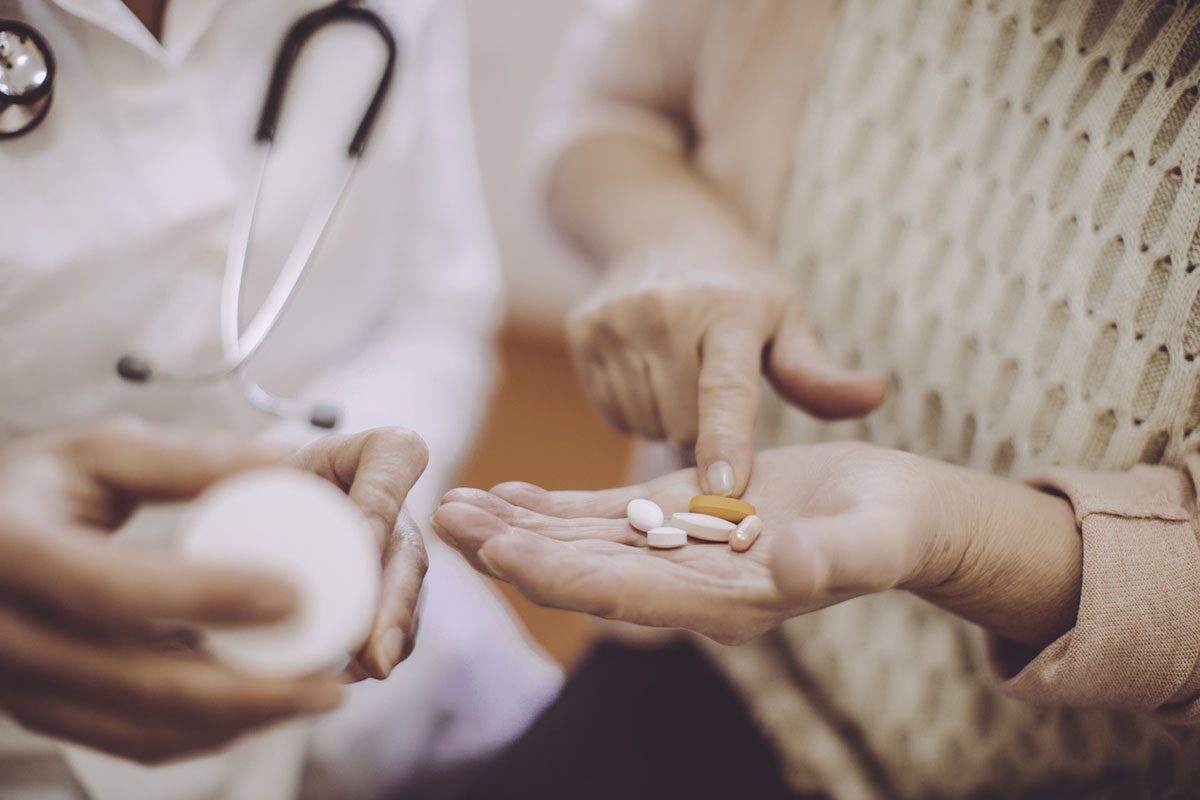

Joy Journal:
A Behavioral Activation Technique Used in the Treatment of Late-Life Depression Associated With Hopelessness During the COVID-19 Pandemic
Late-life depression can occur in the setting of adverse life events related to aging such as declining health, personal losses, and dependency. Hopelessness, the belief that future negative life events are inescapable, is more prominent in late-life depression than in depression of younger adults.1,2 Elderly patients who feel hopeless may experience feelings of worthlessness and are prone to adverse reactions when faced with loss.3 We present a case report of an elderly woman with severe depression, experiencing significant hopelessness after an unexpected job loss during the coronavirus disease 2019 (COVID-19) pandemic. Depressive symptoms subsided after the behavioral activation intervention “joy journal” was added to the psychopharmacologic regimen. The patient’s age and profound hopelessness at the onset of her depressive episode and improvement of symptoms after starting a joy journal merit further discussion of the efficacy of behavioral activation in depressed elderly patients.
Case Presentation
Our patient is a 69-year-old white female professor who had no past psychiatric history. Her past medical history consisted of osteoarthritis, basal cell carcinoma of the right forehead, hyperlipidemia, hypertension, type 2 diabetes, urinary incontinence, and chronic hyponatremia. At presentation in June 2020, the patient endorsed a 3-month progressively worsening course of depressed mood, anhedonia, poor concentration, feelings of hopelessness and worthlessness, and passive suicidal ideations. The patient also became increasingly preoccupied with somatic complaints of cognitive decline and nihilistic delusions of impending financial squalor. These symptoms were associated with losing her job in March 2020 at the height of the COVID-19 pandemic. The patient’s depressive symptoms responded to the combination of medication (fluoxetine 40 mg and aripiprazole 5 mg) and behavioral activation. On day 35 of admission, the patient wrote a list of hobbies and activities that brought her joy. She also discussed ideas for how she planned to return to work. Despite earlier attempts of supportive therapy, behavioral activation provided the patient with significant emotional relief. This was the first time during the patient’s hospital stay that she was oriented to a solution-based plan. The patient demonstrated significant improvement in memory and appetite on the subsequent days. Her affect became less restricted and previously held negativistic beliefs were challenged. On day 44, a plan was coordinated to allow for safe discharge with home health care and follow-up appointments.
Discussion
Due to the increased morbidity and mortality associated with late-life depression, there is a great need for effective treatment strategies. Up to 50% of depressed elderly patients do not respond to pharmacologic treatment, increasing the likelihood of relapse and impairment in functioning.4 Behavioral activation has been effective in the acute phase of antidepressant treatment when compared to other forms of cognitive-behavioral therapy (CBT).5 For patients with late-life depression, behavioral activation resulted in a reduction in depressive symptoms, a significant increase in positive affect, and a decrease in the likelihood of relapse.6
The combination of psychotropic medications and the joy journal, a CBT-informed therapeutic intervention, can improve depressive symptoms and facilitate recovery. In Figure 1, we present a treatment approach for patients with late-life depression in the context of hopelessness and age-related stressors. Jacobson and colleagues7 proposed a behavioral activation model that emphasizes focused activation. The joy journal behavioral activation technique is modeled after their approach. When elderly patients are confronted with challenging functional limitations, the inability to engage in activities that provide positive reinforcement can become emotionally distressing and exacerbate depressive symptoms. A unique approach to treatment includes utilization of behavioral activation in patients who remain depressed or hopeless despite an appropriate medication regimen. Encouraging patients to complete a joy journal may aid in their ability to adapt a solution-oriented mindset and protect against feelings of hopelessness.
Published online: January 7, 2021.
Potential conflicts of interest: None
Funding/support: None.
Acknowledgments: The authors thank Paul Mendez, MD (University of Miami Miller School of Medicine, Miami, Florida) for assistance with general review of the case report. Dr Mendez has no conflicts of interest related to the subject of this report.
Patient consent: Consent was received from the patient to publish the case report, and information has been de-identified to protect anonymity.
REFERENCES
1.Fiske A, Wetherell JL, Gatz M. Depression in older adults. Annu Rev Clin Psychol. 2009;5(1):363-389. PubMed CrossRef
2.Liu RT, Kleiman EM, Nestor BA, et al. The hopelessness theory of depression: a quarter century in review. Clin Psychol (New York). 2015;22(4):345-365. PubMed
3.Trenteseau JA, Hyer L, Verenes D, et al. Hopelessness among later-life patients. J Appl Gerontol. 1989;8(3):355-364. CrossRef
4.Heiligenstein JH, Ware JE Jr, Beusterien KM, et al. Acute effects of fluoxetine versus placebo on functional health and well-being in late-life depression. Int Psychogeriatr. 1995;7(7 suppl):125-137. PubMed CrossRef
5.Dimidjian S, Hollon SD, Dobson KS, et al. Randomized trial of behavioral activation, cognitive therapy, and antidepressant medication in the acute treatment of adults with major depression. J Consult Clin Psychol. 2006;74(4):658-670. PubMed CrossRef
6.Polenick CA, Flora SR. Behavioral activation for depression in older adults: theoretical and practical considerations. Behav Anal. 2013;36(1):35-55. PubMed CrossRef
7.Jacobson N, Martell C, Dimidjian S. Behavioral activation treatment for depression: returning to contextual roots. Clinical Psychology Science and Practice. 2001;8(3):255-270. CrossRef
aDepartment of Psychiatry & Behavioral Sciences, University of Miami Miller School of Medicine, Miami, Florida
*Corresponding author: Rikera Taylor, BA, 19821 NW 2nd Ave, Box 215, Miami Gardens, FL 33169 ([email protected]).
Prim Care Companion CNS Disord 2021;23(1):20l02817
To cite: Taylor R, Bodoukhin N, Botros M, et al. Joy journal: a behavioral activation technique used in the treatment of late-life depression associated with hopelessness during the COVID-19 pandemic. Prim Care Companion CNS Disord. 2021;23(1):20l02817.
To share: https://doi.org/10.4088/PCC.20l02817
© Copyright 2021 Physicians Postgraduate Press, Inc.
Please sign in or purchase this PDF for $40.00.





